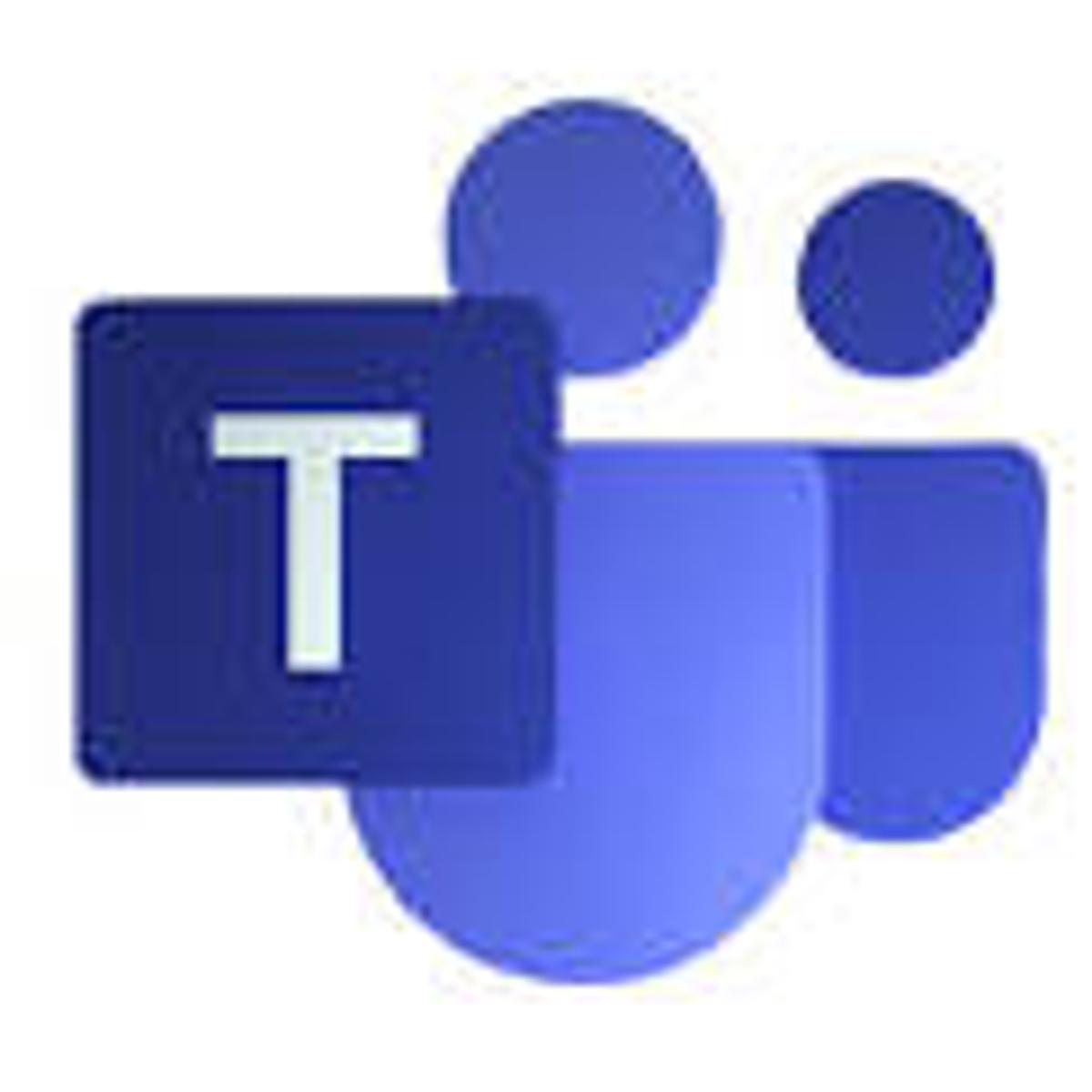Digital Learning

Digital Tech News
The use of Digital Technologies at Brookside College has been then centre of our Remote Online Learning. I want to begin with thanking parents for their patience, persistence and determination when working with new applications, services and devices.
When we look at Digital Technologies at Brookside College, we talk about two main components. Using Technology and Learning Technology. Using Technology includes the use of technology as a substitute with no functional change, some examples include:
- Using Reading Eggs to read a text online,
- Accessing learning resources on Compass, and
- Completing Maths tasks on Mathletics.
Learning Technology includes redefining tasks with the use of technology and some examples include:
- Teachers providing explicit instructions via videos to students,
- Learning about Computer Coding and Digital Systems, and
- Engaging in video conferencing with others.
Continuing into Term 2, students in Years 4 and 6 are now in their final weeks of Digital Technology, looking at Word Processing and Spreadsheets respectively. As part of the re-engagement with school process, students in Years 4 and 6 developed collaboration skills by building Dancing Robots.
Next Semester, Students in Years 3 and 5 will have Digital Technologies specialist classes once per week taught in conjunction with Renee De Bono and their classroom teachers. Students in Years Prep, 1, 2 and 4 will still have allocated time in their school week for Technology lessons, working on Building Digital Solutions, Data and Information and Digital Systems. These lessons will be planned for by classroom teachers and Renee, but taught only by the classroom teachers. Students in Year 6 will have this incorporated into their Humanities work.
Also, next Semester students in Year 9 will partake in the Coding elective (if they have chosen to do so). In this elective, students will look at coding and other elements of Digital Technologies such as Digital Systems and Data and Information.
I endeavour to use this newsletter and upcoming Compass posts as a method to communicate warnings about apps, sites and software that your children. All information is provided by the eSafety Commissioner, and in this edition we will be focussing on Microsoft Teams.
What is Microsoft Teams?
Microsoft Teams is a communication and collaboration platform that allows you to group chat, run or join audio or video meetings or live events, make calls, store files and integrate with other apps. It is commonly used by organisations and schools.
The key features of Microsoft Teams are video conferencing with custom backgrounds, editing Microsoft Office files from within the app, sharing notes in real time, the delivery of online presentations and virtual classes, and text chatting over internal networks. Microsoft Teams also allows the sharing of images, files, gifs, stickers, emoji and memes.
Microsoft Teams is available in Microsoft 365 software packages while students and teachers can sign up for free. There is also a free version available, which allows up to 300 users per organisation, while the licensed version is unlimited.
Microsoft Teams integrates with other Microsoft applications and third-party tools, apps, bots and connectors. It uses a variety of security measures to keep communication private and is available on web browser (with limited features), desktop and mobile applications.
School managed Microsoft accounts are managed by the DET enabling many different safety measures, such as the disabling of Video Chat.
The Digital Team


